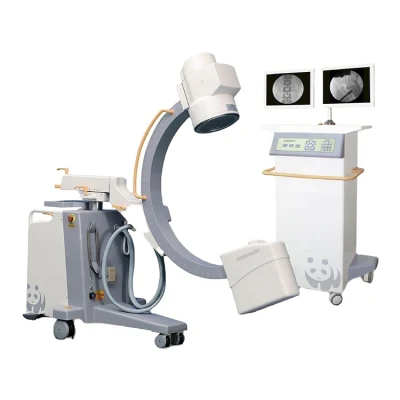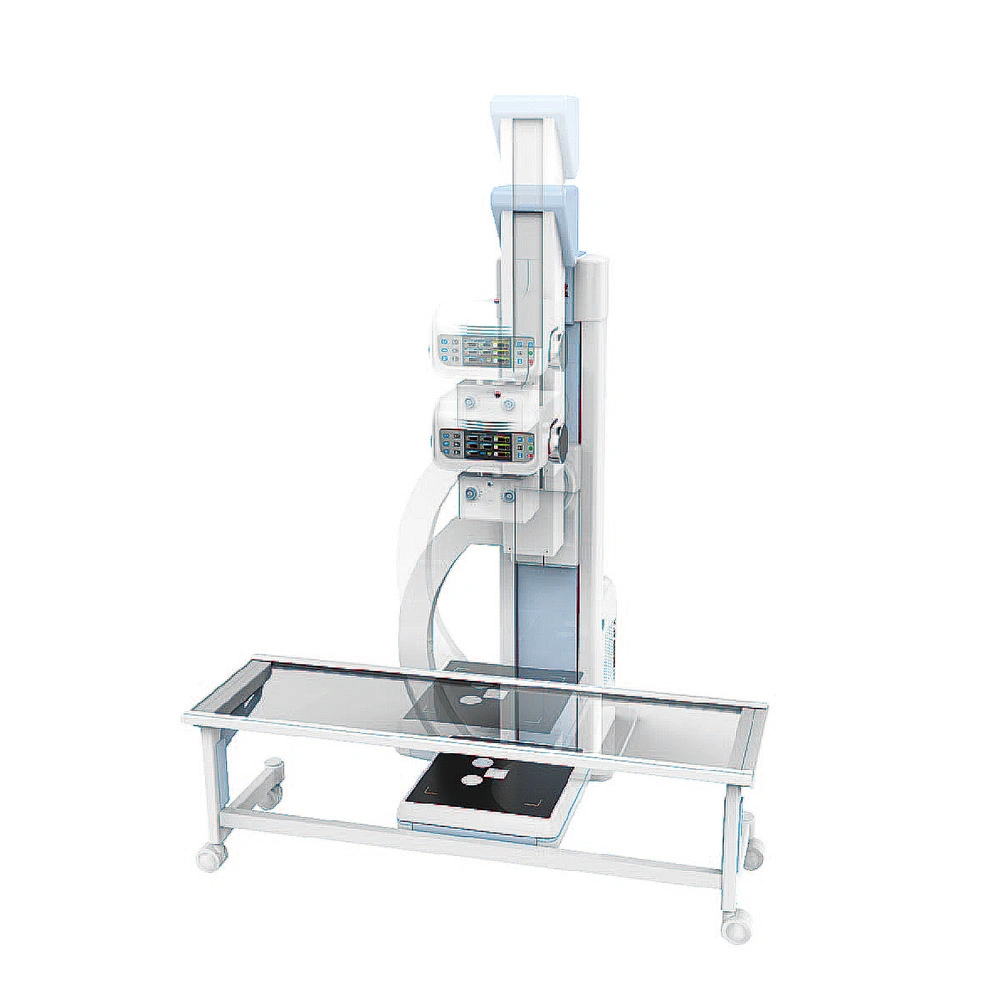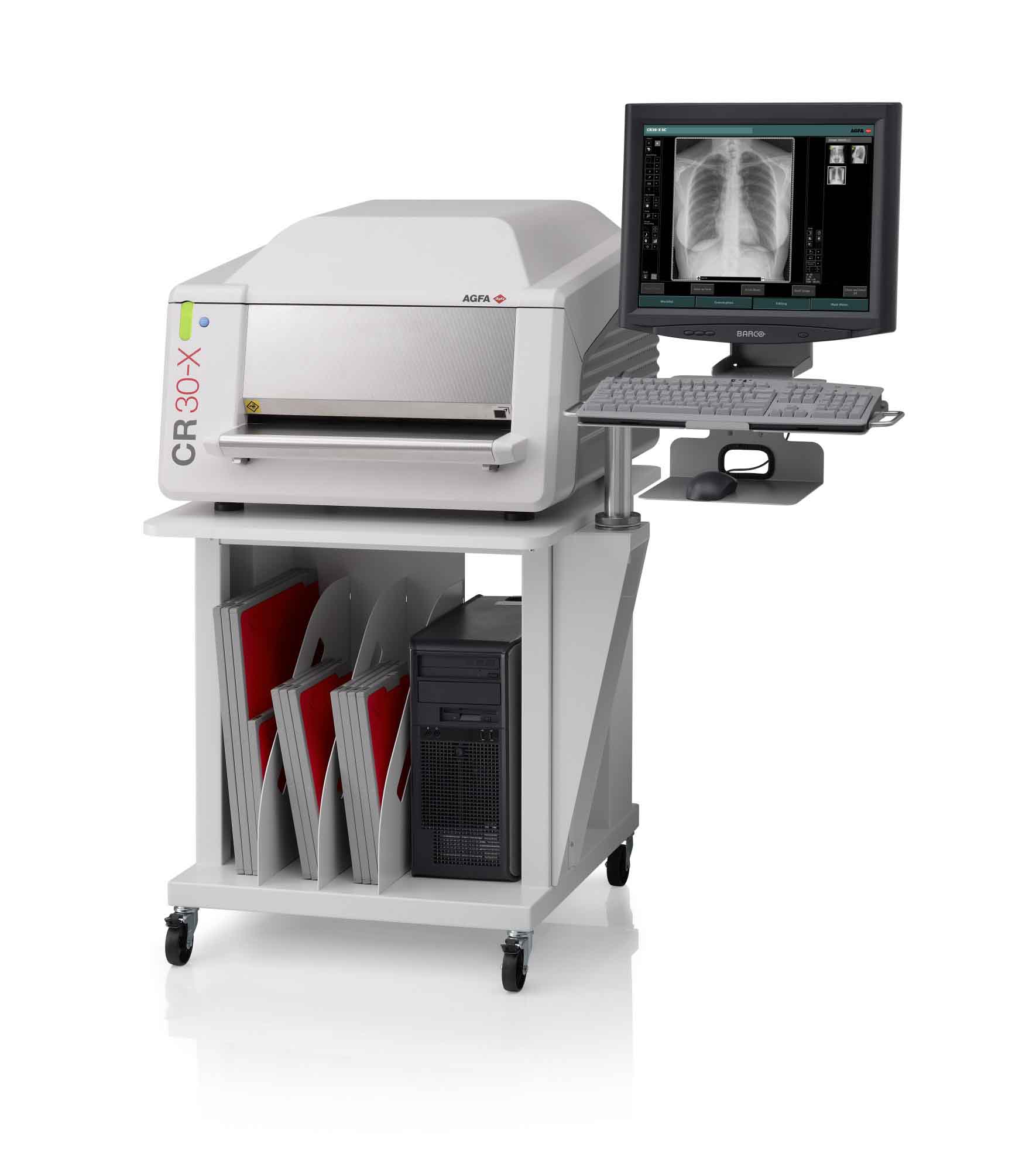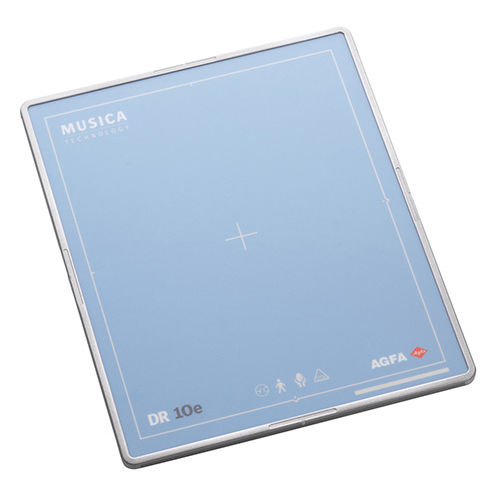Description
An electrocardiogram (ECG or EKG), electroencephalogram (EEG), electromyogram (EMG) and electrooculogram (EOG) all measure biopotentials, the electrical output of human activity. However, the amplitude and bandwidth of the measurements vary for each of these. The table shows the values for each biopotential group according to the article “Biopotentials and Electrophysiology Measurements” in The Measurement, Instrumentation, and Sensors Handbook.
| Source | Amplitude (mV) | Bandwidth (Hz) |
| ECG | 1-5 | 0.05-100 |
| EEG | 0.001-0.01 | 0.5-40 |
| EMG | 1-10 | 20-2000 |
| EOG | 0.01-0.1 | dc-10 |
An ECG determines heart activity by measuring signals from electrodes placed on the torso, arms and legs. In contrast, several EEG electrodes are uniformly attached to the forehead with the ears used as a reference for monitoring brain activity. Pairs of electrodes are used on a specific muscle and a separate location is used as a reference for EMG measurements. Finally, eye movement is measured by electrodes placed above, below and at the side of each eye. In fact, measurement of the retina within the eyes produces another type of measurement called an electroretinogram or ERG.












